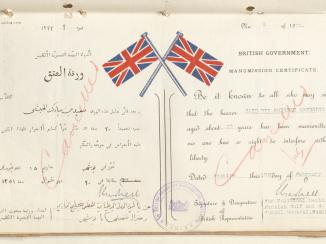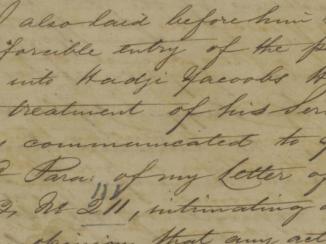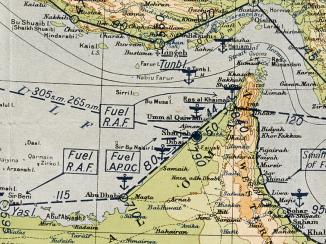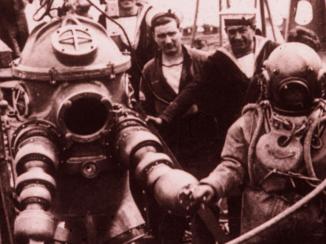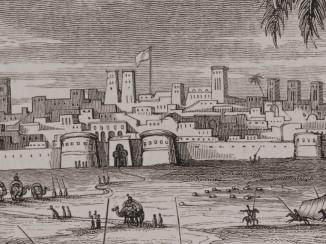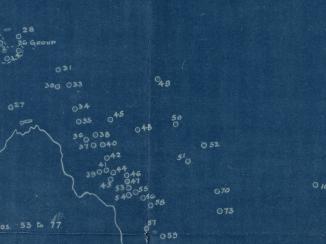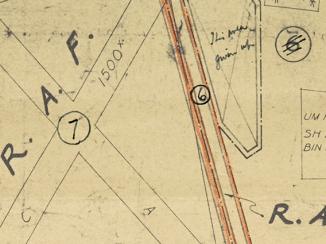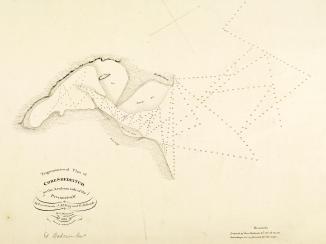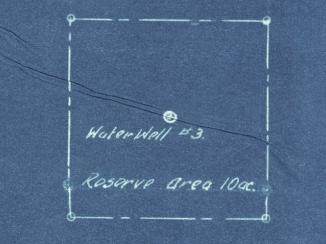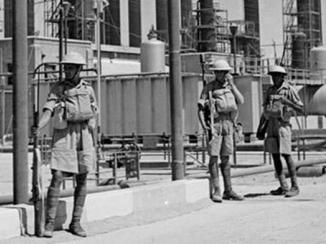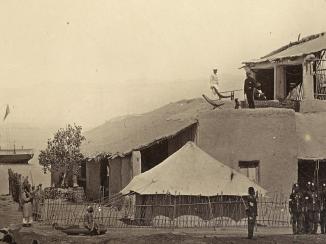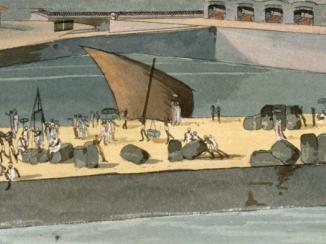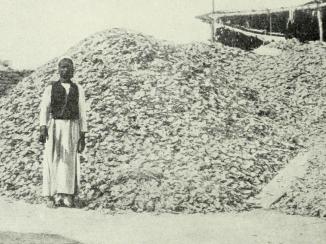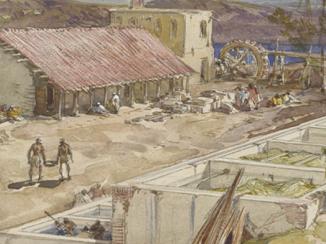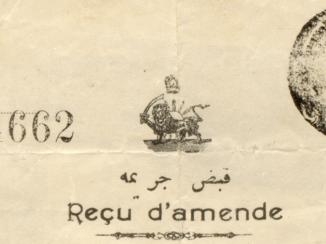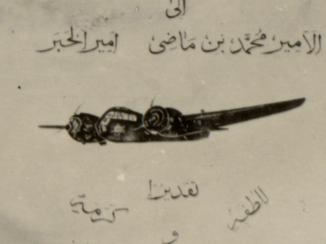Overview
On 8 February 1824, Captain William Owen, Commanding Officer of HMS Leven, sailed into the harbour of Mombasa on the African coast of the Indian Ocean, determined to take the town under British protection.
Ill-advised Annexation
Owen’s actions were divisive. On one hand, historians tell us that the Mazrui inhabitants of Mombasa, themselves of Omani origin and under persecution from the forces of Ṣaʻīd bin Sulṭān, ruler of Muscat and Zanzibar, welcomed the move. By contrast, Ṣaʻīd bin Sulṭān, who enjoyed a largely cordial relationship with the British Government at the time, was less than happy, as was the Government of Bombay From c. 1668-1858, the East India Company’s administration in the city of Bombay [Mumbai] and western India. From 1858-1947, a subdivision of the British Raj. It was responsible for British relations with the Gulf and Red Sea regions. , which had previously vetoed Owen’s proposal to make Mombasa a protectorate.
Owen had gone against the instructions of his superiors, acting on his belief that that the ruler of Muscat and Zanzibar was continuing to permit his subjects on the East African coast to trade slaves. Owen was also aware that the ruler of Muscat and Zanzibar had recently taken control of the island of Pemba, close to Mombasa, in his struggle against the Mazrui.
Unapproved Diplomatic Manoeuvres
British officials, who had hitherto endeavoured to foster friendly relations with Ṣaʻīd bin Sulṭān, were left in a fix by Owen’s actions. The Political Resident A senior ranking political representative (equivalent to a Consul General) from the diplomatic corps of the Government of India or one of its subordinate provincial governments, in charge of a Political Residency. in the Persian Gulf The historical term used to describe the body of water between the Arabian Peninsula and Iran. was one individual directly affected by the political fallout of Owen’s unapproved diplomatic manoeuvres.
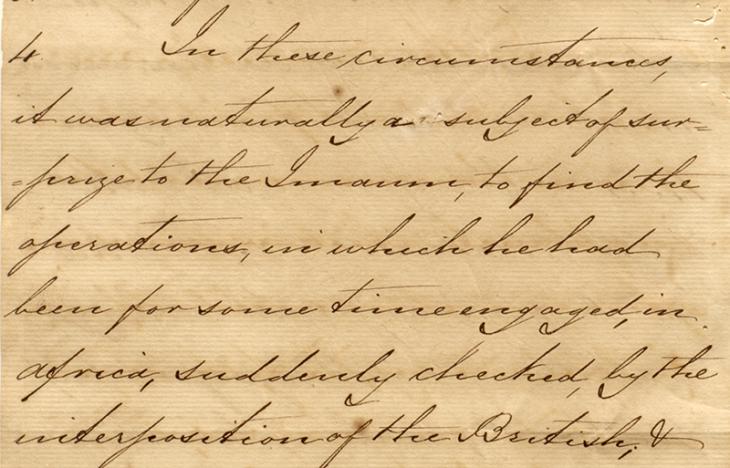
Two years later, Government officials in Bombay and senior naval representatives on the African coast were plotting a strategy for British withdrawal from Mombasa. Aside from the loss of prestige that the move might incur, officials were also concerned about the possible repercussions the withdrawal might have upon the inhabitants of Mombasa, if left at the mercy of Ṣaʻīd bin Sulṭān. They were also concerned that there was a high chance the French might take advantage of the British retreat.
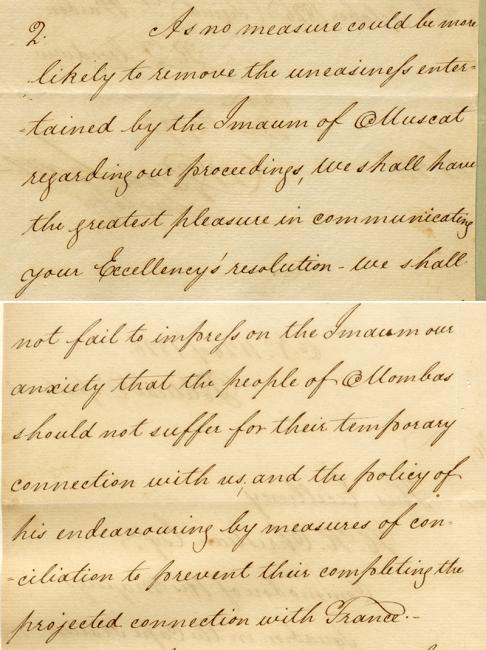
On 5 September 1826, Commodore Hood Hanway Christian wrote to Lord Mountstuart Elphinstone, the Governor in Council in Bombay, to inform him that British protection had been withdrawn from Mombasa. Owen’s protectorate had lasted less than 1000 days.
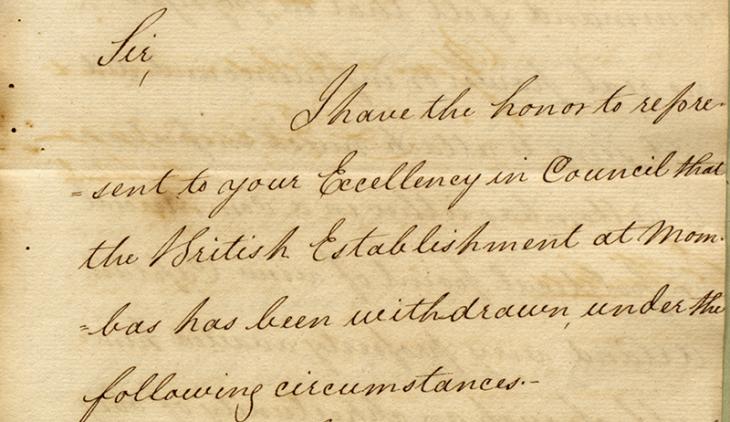
Seventy years later, in 1895, Mombasa once again became part of a British protectorate, this time as part of the East Africa Protectorate, which covered an area roughly equivalent to modern-day Kenya.


